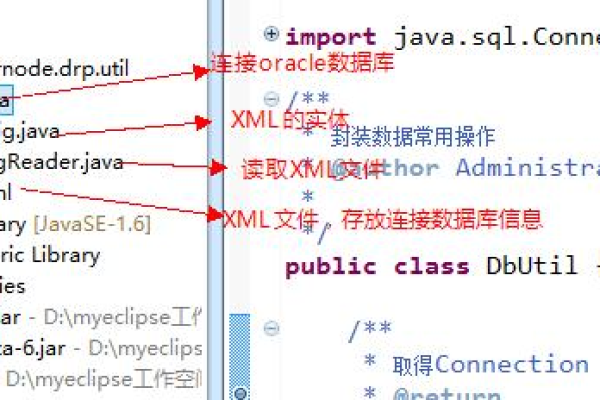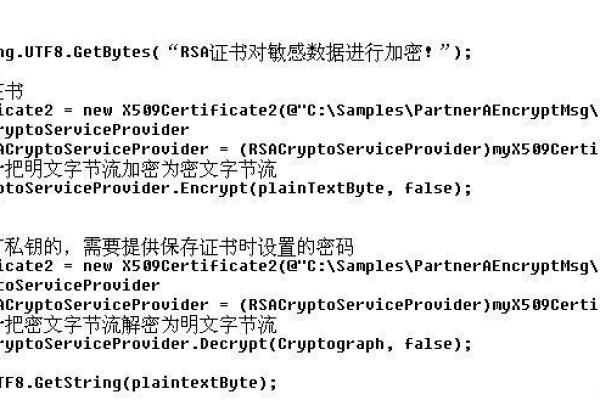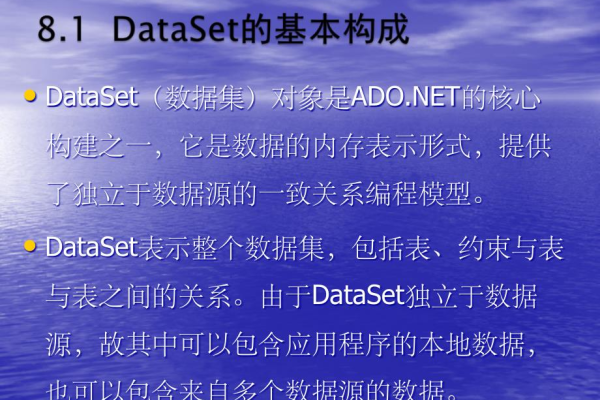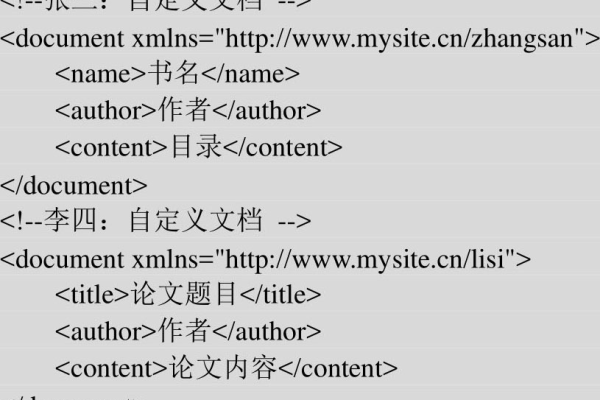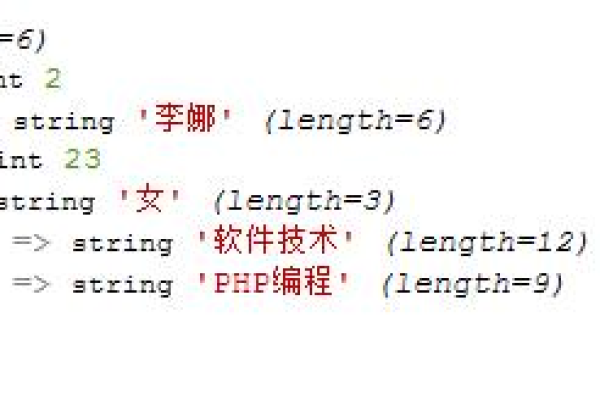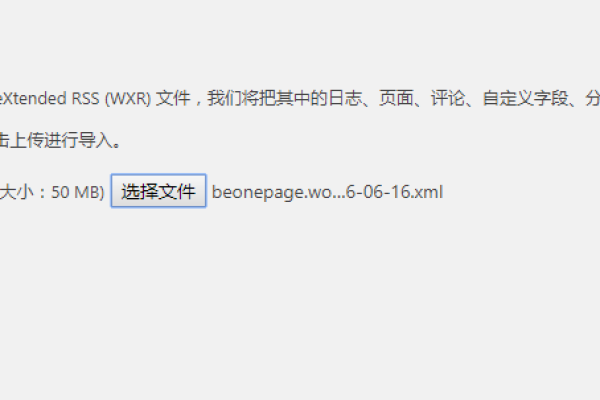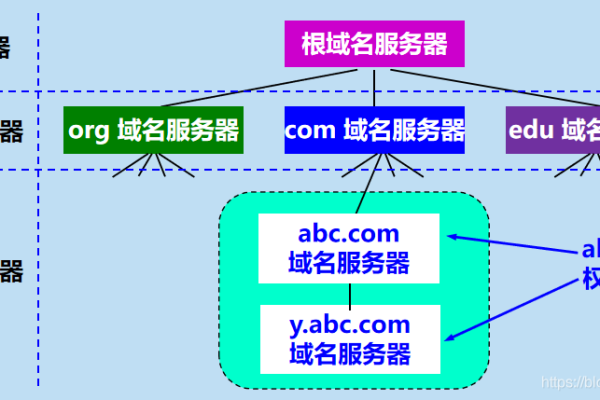c#将xml文件写入数据库
- 行业动态
- 2025-02-04
- 1
c#实现将XML文件写入数据库:该过程涉及读取XML文件,解析其内容,并通过ADO.NET或Entity Framework等技术将其插入到数据库表中。
在C#中将XML文件写入数据库,通常需要经过以下几个关键步骤:
1、读取XML文件:使用XmlDocument或XDocument等类加载XML文件。
使用XmlDocument:
XmlDocument xmlDoc = new XmlDocument();
xmlDoc.Load("path_to_your_file.xml");使用XDocument(需要先引入System.Xml.Linq命名空间):
XDocument xmlDoc = XDocument.Load("path_to_your_file.xml");2、解析XML数据:根据XML文件的结构,提取所需的数据,可以使用XmlNodeList、XmlNode、LINQ to XML等方式进行解析。
使用XmlDocument和XmlNodeList:
XmlNodeList nodeList = xmlDoc.SelectNodes("/root/element");
foreach (XmlNode node in nodeList)
{
string value = node["childElement"].InnerText;
// 处理提取到的数据
}使用XDocument和LINQ:
var elements = from element in xmlDoc.Descendants("element")
select element.Element("childElement").Value;
foreach (string value in elements)
{
// 处理提取到的数据
}3、连接数据库:使用SqlConnection(对于SQL Server)或其他适合的数据库连接对象连接到数据库。
using (SqlConnection conn = new SqlConnection("your_connection_string"))
{
conn.Open();
// 后续操作
}4、将数据插入数据库:根据解析得到的数据,构建SQL插入语句或使用参数化查询将数据插入到数据库表中。
使用SqlCommand执行插入语句:
using (SqlConnection conn = new SqlConnection("your_connection_string"))
{
conn.Open();
string sql = "INSERT INTO your_table (column1, column2) VALUES (@value1, @value2)";
using (SqlCommand cmd = new SqlCommand(sql, conn))
{
cmd.Parameters.AddWithValue("@value1", extractedValue1);
cmd.Parameters.AddWithValue("@value2", extractedValue2);
cmd.ExecuteNonQuery();
}
}也可以使用SqlBulkCopy进行批量插入,如果数据量较大且结构相对简单的话。
以下是一个综合的示例代码,假设有一个XML文件data.xml如下:
| name | age | city |
| Tom | 25 | New York |
| Jerry | 30 | Los Angeles |
要将这个XML文件中的数据插入到数据库表Persons(包含Name、Age、City列)中:
using System;
using System.Data.SqlClient;
using System.Xml;
class Program
{
static void Main()
{
string connectionString = "your_connection_string";
string xmlFilePath = "data.xml";
XmlDocument xmlDoc = new XmlDocument();
xmlDoc.Load(xmlFilePath);
XmlNodeList personNodes = xmlDoc.SelectNodes("/Persons/Person");
using (SqlConnection conn = new SqlConnection(connectionString))
{
conn.Open();
string sql = "INSERT INTO Persons (Name, Age, City) VALUES (@Name, @Age, @City)";
using (SqlCommand cmd = new SqlCommand(sql, conn))
{
foreach (XmlNode personNode in personNodes)
{
cmd.Parameters.Clear();
cmd.Parameters.AddWithValue("@Name", personNode["Name"].InnerText);
cmd.Parameters.AddWithValue("@Age", int.Parse(personNode["Age"].InnerText));
cmd.Parameters.AddWithValue("@City", personNode["City"].InnerText);
cmd.ExecuteNonQuery();
}
}
}
}
}需要注意的是,在实际应用中,还需要考虑异常处理、事务管理等方面的问题,以确保数据的一致性和程序的可靠性,根据具体的XML结构和数据库表结构,可能需要对代码进行相应的调整。
本站发布或转载的文章及图片均来自网络,其原创性以及文中表达的观点和判断不代表本站,有问题联系侵删!
本文链接:https://www.xixizhuji.com/fuzhu/405999.html


